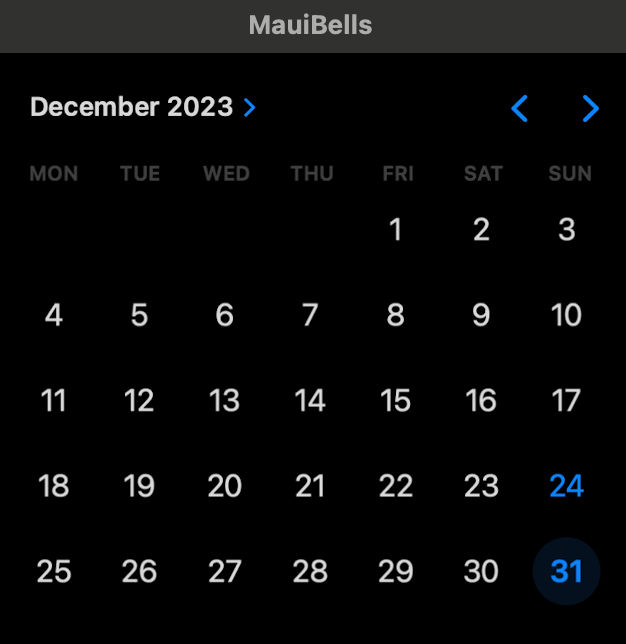Merry Christmas!
May your holidays be filled with cheer, and your coding sessions be bug-free! In the spirit of giving and new beginnings, let’s unwrap the potential of the CalendarView in .NET MAUI's Handler architecture, a feature that reinforces just how versatile and user-friendly cross-platform development can be.
Before we get started, enjoy the .NET Conf 2023 - Ukraine.
Curious about why .NET is the world's hottest software development platform?
This video from .NET Conf 2023 - Ukraine takes you on a journey through the power and potential of .NET Discover:
The advantages of using .NET for your next project
How .NET MAUI helps build innovative applications
A glimpse into the exciting future of web development using Blazor
Microsoft Entra ID, AI, AR, and more
As a result of the conference, we built a World Explorer - AI Tour Guide. Explore the globe like never before with World Explorer. Our AI-powered app gives you in-depth insights about any place worldwide, provides a comprehensive description, and recommends local attractions with your personalized travel guide. Try it at https://world-explorer.azurewebsites.net
The materials for the conference can be found at https://github.com/VladislavAntonyuk/WorldExplorer
Back to the CalendarView.
Introduction
Mostly all existing .NET MAUI CarouselView Nugets are based on a shared code, utilizing a variety of UI components such as Labels, Buttons, and more, all laid out using container views like Grid, StackLayout, or FlexLayout.
CalendarView is a classic example of a control where developers expect a rich feature set, seamless user interactions, and high performance across all platforms. In traditional Xamarin.Forms, developers often had to rely on custom renderers to bridge the gap between shared code and platform-specific customization for complex controls like calendars. However, with the advent of .NET MAUI and its Handler architecture, this process is much more streamlined and efficient.
CalendarView
In .NET MAUI Handler architecture is a bridge between the interface and the platform control. This allows us to not depend on a specific implementation of .NET MAUI control and Platform control. So, we need to create a new interface.
To make the article shorter and easier reading I will include only a few properties. The full sample can be found on GitHub.
And now implement the interface:
Our control is ready, now we need to create a handler for each platform.
As there is a part of duplicated code in each handler let's extract it to a separate class. Create a CalendarHandler class:
Now we are ready for creating a platform-specific code. For each platfrom we need to create a PlatfromView and implement Map* methods.
iOS/MacCatalyst handler
Create a CalendarHandler class in Platforms\iOS and Platforms\MacCatalyst with the next content:

Windows handler
Create a CalendarHandler class in Platforms\Windows with the next content:

Android handler
Android implementation uses old good Android.Widget.CalendarView. It is not a material design control. It also lacks features like selecting a range of dates. In the next article, I will show you how to easily use the Java library in .NET MAUI Android. But for now, create a CalendarHandler class in Platforms\Android with the next content:

Final step
The final step is registering our handlers using ConfigureMauiHandlers method:
That's all we need to create a .NET MAUI CalendarView.
The full code can be found on GitHub.
Happy holidays!


